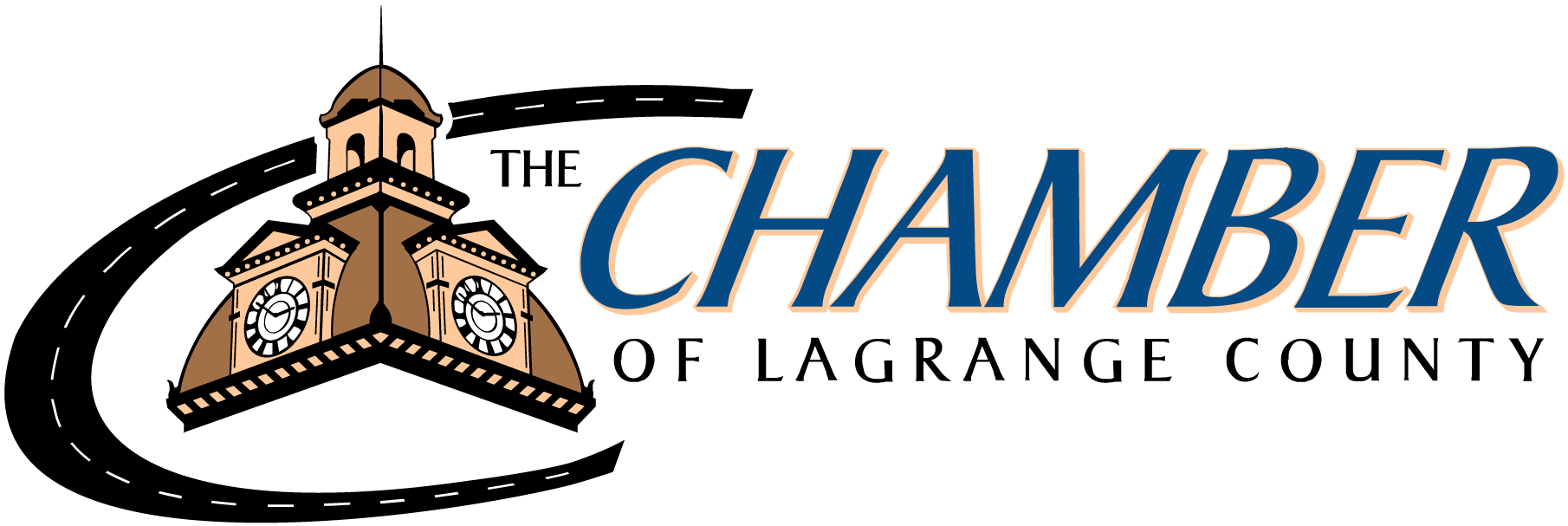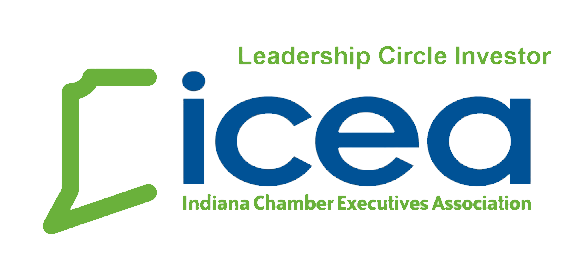Coffee with the County - THIS is why it matters
Have you noticed it yet? If you haven’t, you will. The streets are bustling again with school buses, children, and teachers, all headed back to school. Happy National Back to School Month! August is the month of fresh starts: new classrooms, new grades, new years, new opportunities. It presents itself as growth, with the opportunity to better oneself academically, personally, and perhaps even professionally.
Every year, our state legislature convenes in Indianapolis to evaluate, analyze, and–at times–pursue new laws and regulations to better and grow our state. In 2023, the state legislature enacted a new law that required the Indiana Department of Education to adopt new high school graduation requirements by December 2024, in which schools could opt-in to adopt new requirements as early as the 2025-2026 school year. In the end, the new diploma requirements will be in effect for students belonging to the Class of 2029, who are entering the 8th grade this month.
So what are the new graduation requirements? The short answer: time will tell. Dr. Katie Jenner, the Indiana Secretary of Education, has led the public pursuit of input this summer to better understand what could work, and what won’t. According to the Indiana Capital Chronicle’s July 23 article on the issue, Dr. Jenner and the State Board of Education (SBOE) will hear a revised draft proposal at this month’s meeting, which will be followed by a second round of feedback before a final draft is proposed.
While the process may feel drawn-out, the shift in educational requirements for Hoosiers is making a drastic, and perhaps daunting change. Indiana officials propose the currently fluid changes as streamlined and flexible, offering students the opportunity to personalize their education according to their career interests. The word associated with these changes the most is that high school is being “reinvented” in order to offer a better experience for students as well as to better prepare them for their future in their communities.
As a summary, the new graduation requirements fall within two diplomas: the Indiana GPS Diploma, and the Indiana GPS Diploma Plus. Below are excerpts from the Indiana
Department of Education (IDOE) explaining both:
In addition to the foundational courses plus competencies for all students, those pursuing the Indiana GPS Diploma will also complete a minimum of 20 additional points, earned through a combination of courses and experiences, which students can personalize based on their unique graduation plan (a more flexible approach to the Core 40).
In addition to the foundational courses plus competencies for all students, those pursuing the Indiana GPS Diploma Plus will compete additional coursework aligned to their chosen credential of value, as well as a high-quality work-based learning experience.
Ideally, students will choose one or the other, as well as three different types of transcript seals, based on their future ambitions: enrollment (post-secondary education), employment (workforce after high school), or enlistment (military). Dr. Jenner is noted as saying the new diplomas will focus more on hands-on training or higher-value credentials than current or past diplomas offered. This shift is to be less “course-obsessed” and more tuned to workforce readiness.
With all new ideas comes pushback, and perhaps this is where you can get involved. One of the major pain points is within the fine arts advocacy community. With a decrease–and potentially elimination–of courses within fine arts (band, choir, art, etc.), a true trepidation of its impact is being felt amongst students, educators, and the communities at large. Foreign language teachers equally share angst. State universities and colleges are not eagerly jumping on board, as the new diplomas still haven’t ironed out how they will prepare students for post-secondary study, or even match basic admission requirements in some cases.
There is still a lot to be figured out. But why do I write about this topic this week? Because many of our future residents, leaders, and workforce are sitting in our three school corporations and beginning a new school year this month. While they may not be paying as much attention to these changes as their parents and teachers are, we–as their community supporters–should be. THIS is why your vote in the general election matters. THIS is why your voice in connection with your state elected officials matters. THIS is why it is vital that we are individually empowered and educated to seek to understand, and then be committed to being a part of the solution.
Whether we’re in agreement with the new changes or not (and my guess is, most of us won’t be 100%), you have a responsibility to the future of our children’s public education, especially if you have any desire to see a sustainable and better future for LaGrange County. I encourage you to do your research, get connected with the IDOE’s resources on the changing graduation requirements, and learn how you can support or get involved with your local school corporation. Our county’s education system needs our support, and we each have an opportunity–just as these students do this month–to learn, grow, and better our communities.
Did you know?
- To learn more about the IDOE and sign up for Dr. Jenner’s weekly update, visit www.in.gov/doe.
- To learn more about how you can support our county school corporations, call your local high school and start with the guidance department.They can connect you to work-based learning educators, career readiness professionals, and internship coordinators. See local phone numbers below:
- Lakeland Jr./Sr. High School: 260-499-2470
- Prairie Heights High School: 260-351-3214
- Westview Jr./Sr. High School: 260-768-4146





